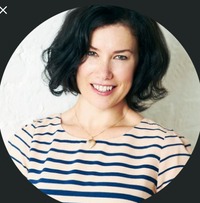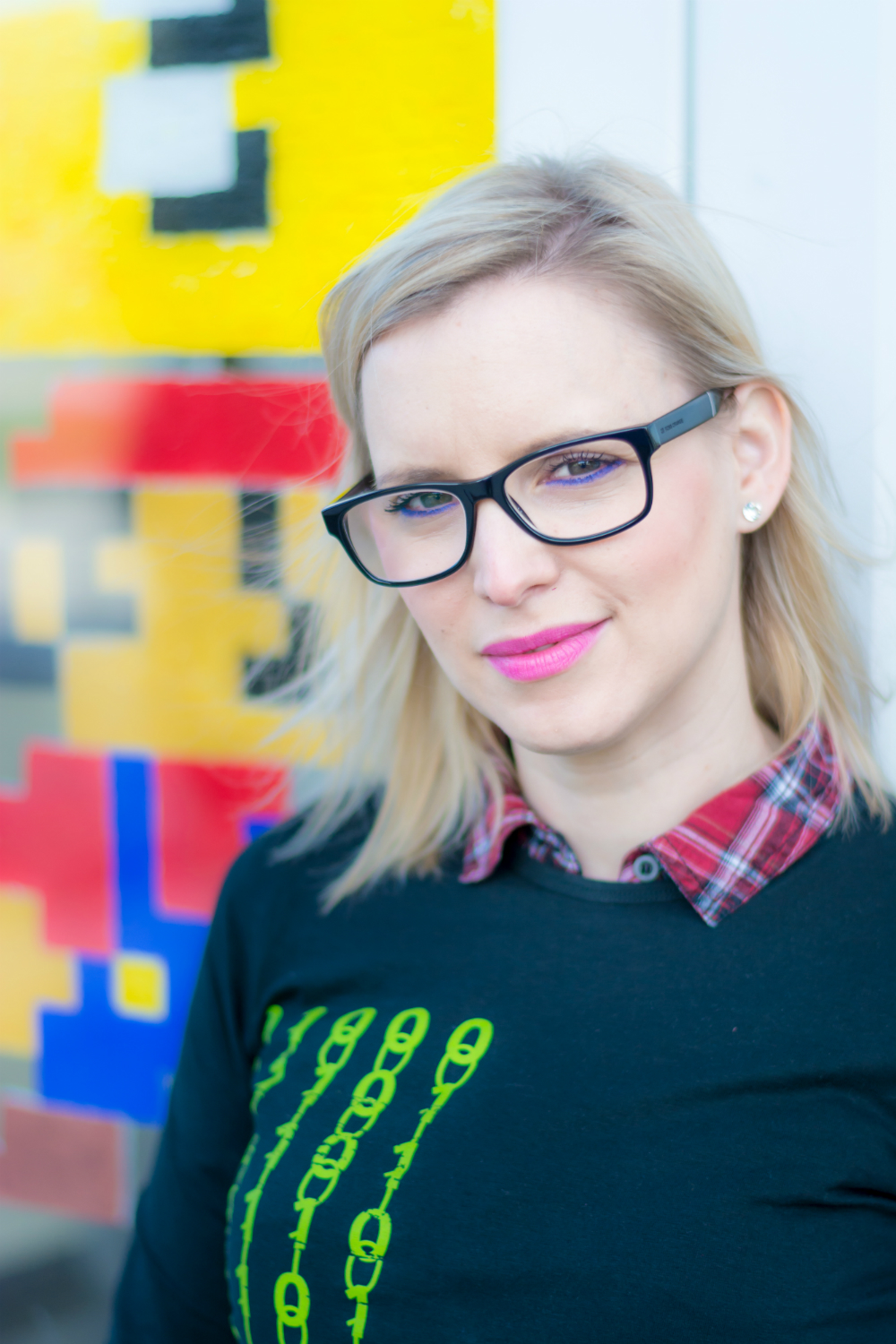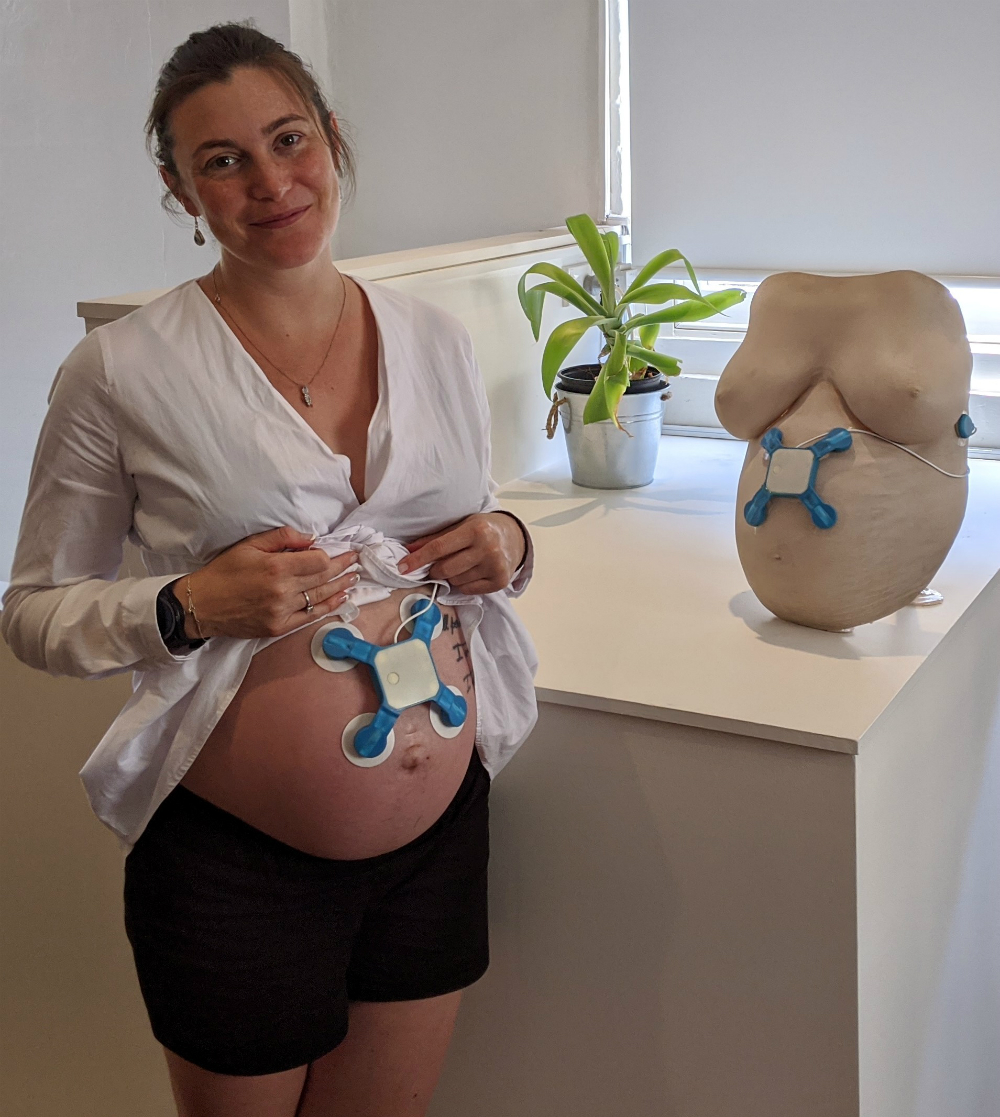The groundbreaking femtech entrepreneurs: 'We're using tech to take on the gender health gap'
Solutions to period pain and fertility problems are arriving thick and fast thanks to a new wave of femtech. For this year's International Day of Women and Girls in Science, Rosie Mullender meets the digital innovators transforming our lives


Solutions to period pain and fertility problems are arriving thick and fast thanks to a new wave of femtech. For this year's International Day of Women and Girls in Science, Rosie Mullender meets the digital innovators transforming our lives
In honour of this year's International Day of Women and Girls in Science on February 11, we're sharing four incredible femtech pioneers revolutionising women's healthcare.
When it comes to tackling women’s health issues, medicine has historically lagged woefully behind. Dominated by male experts, industry attention has, until now, largely centred on men’s bodies and male experiences of illness.
The consequences of this imbalance can be startling: would erectile dysfunction studies outnumber PMS research by five to one or an endometriosis diagnosis take an average of 7.5 years if women had an equal footing?
Women’s bodies can respond differently to universal diseases and treatments, such as heart attacks, too, making a one-size-fits all approach deploringly inadequate. Yet various studies into the so-called pain gap have shown women are less likely to receive painkillers in hospital, and are more often misdiagnosed than men. Have a heart attack if you’re female and you’re 50 per cent more likely to receive an incorrect diagnosis.
Thankfully, awareness of this inequality is greater now than ever before and female entrepreneurs across the world are taking matters into their own hands by embracing ‘femtech’ – or tech designed specifically to tackle women’s health issues.
These pioneers are addressing some of women’s long-standing health problems with cutting-edge tech, producing everything from pregnancy coaching apps, and silent, wearable breast pumps to devices designed to prevent painful sex.
Celebrity news, beauty, fashion advice, and fascinating features, delivered straight to your inbox!
Femtech mothers of invention
'Ever since we started running events on femtech, we’ve noticed a hugely increasing interest from our global community in topics around women's health,’ says Marija Butkovic, CEO of Women of Wearables (WOW), which supports and connects women working in wearable tech.

‘Personally, I'm a huge advocate for women and gender diversity in tech, and I'm particularly happy that women's health as a category has become something where more investors are putting their money. That whole tech ecosystem has finally been recognised as a very important and relevant category, rather than a niche one.’
As Butkovic points out, working-age women spend 29 per cent more on healthcare compared to men. ‘Meanwhile, women’s health accounts for only 4 per cent of the overall funding for research and development for healthcare products and services,’ she says. But as more investors become aware of femtech’s potential, more women are finding the money they need to develop their products.
Ida Tin is a CEO is at the forefront of the movement. She invented the period-tracking app Clue with a view to helping women better understand their bodies. ‘It all started with one question in mind: why has there been so little innovation in family planning since the pill came out?’ says Tin, who is also credited with coining the word femtech. ‘I was really puzzled as to why there were so few new products coming to the market for such a big, important problem.

‘I thought, “What if I could take out my phone and it would just tell me: Today, you can’t become pregnant?” I started looking into the tech I could use to create something new, but everything was about hormones. When we started out, digital was still very new and female health was not something that got a lot of attention. It wasn't possible to build the app that I first had in mind, so we looked to build a cycle-tracking app instead. But today, Clue has over 12 million users.’
Femtech gets personal
Necessity lies at the heart of many emerging femtech products, with women like Tin identifying areas where available products simply aren’t good enough, and forging ahead to fulfil the need themselves.
Dr Sarah McDonald founded medical research company Baymatob following her own experiences of childbirth, and is developing a device called Oli, which will allow for portable (and even remote) monitoring of pregnancy and labour.

‘I started this journey to ensure no woman goes through what I did,’ McDonald explains. ‘The birth of my first child went ahead without complications – I was able to move and birth as I needed, which helped to make it an incredible experience. But during my second, I had complications requiring monitoring and intervention. I was attached to an electronic foetal monitoring machine, and had two fist-sized plastic units tied around my waist – it was uncomfortable, cumbersome, and added a lot of stress to the process.’
As a mechatronic engineer, McDonald began thinking about how to change the status quo. But despite her wealth of experience, she had to go above and beyond to prove herself in the male-dominated world of engineering. ‘People wanted clinical evidence, so I ended up doing a PhD in medicine,’ she says.
‘Along the way, I asked people why, if they knew there was a problem for so long, there was no progress being made in finding a solution. The answer was always, “It's not my job to solve that.” But if we keep thinking these problems are someone else's, we’ll never see progress.’
Innovations in femcare
As well as products such as Clue and Oli, the femcare market – which isn’t strictly technology, but is ripe for innovation – is another area where female inventors are forging ahead. With such huge interest out there, it’s surprising that it took so long for so-called ‘period pants’ to be invented. But then Kristy Chong, creator of Modibodi, came along and now, if you’re a woman, you’re unlikely to have missed her body-positive adverts popping up on Facebook.
‘I thought it was time to develop a better solution for women – one that was a bit more high-tech and environmentally friendly, so you could just throw on a pair of undies and off you go,’ Chong says. ‘I mentioned the idea to my husband, and he said, “If you’re going to do it, take a scientific approach.” So I spent the next two years developing our patented technology, eventually launching the brand at the end of 2013.’

As well as earning the eternal thanks of women everywhere, Chong believes femtech means women’s lives are set to change for the better in ways that have previously been left unaddressed. ‘They’re going to be much more empowered and in control,’ she says. ‘They’ll have better choices, and will better understand their bodies. It’s a really positive movement for women. There absolutely needs to be more female entrepreneurs addressing the taboo subjects women have faced over the years.’
Future of femtech
The femtech market is only going to grow bigger, says Butkovic. ‘Some of the biggest trends we’ve seen lately have been products focusing on women’s mental health, breastfeeding, and advanced fertility solutions that will enable many women to become mothers at a later stage of their lives,’ she says. ‘Sex as a category is also slowly becoming recognised as a regular part of everyday life for women, as well as for men.’
Tin hopes that, in the future, different areas of femtech will come together to shape women’s lives in a positive, scientific way. ‘Right now, women have their data scattered all over: at the GPs office, on your running app, in your period-tracking app, and I’d like to start seeing those data sets coming together,’ she says.
‘So many women out there struggle with fertility, and there’s a lot of work to do, so that’s something I’d love to see women in femtech developing, too.’
With pioneers like Butkovic, Tin, Chong and McDonald at its forefront, the future of femtech looks very bright indeed.
Maria Coole is a contributing editor on Marie Claire.
Hello Marie Claire readers – you have reached your daily destination. I really hope you’re enjoying our reads and I'm very interested to know what you shared, liked and didn’t like (gah, it happens) by emailing me at: maria.coole@freelance.ti-media.com
But if you fancy finding out who you’re venting to then let me tell you I’m the one on the team that remembers the Spice Girls the first time round. I confidently predicted they’d be a one-hit wonder in the pages of Bliss magazine where I was deputy editor through the second half of the 90s. Having soundly killed any career ambitions in music journalism I’ve managed to keep myself in glow-boosting moisturisers and theatre tickets with a centuries-spanning career in journalism.
Yes, predating t’internet, when 'I’ll fax you' was grunted down a phone with a cord attached to it; when Glastonbury was still accessible by casually going under or over a flimsy fence; when gatecrashing a Foo Fighters aftershow party was easy-peasy-lemon-squeezy and tapping Dave Grohl on the shoulder was... oh sorry I like to ramble.
Originally born and bred in that there Welsh seaside town kindly given a new lease of life by Gavin & Stacey, I started out as a junior writer for the Girl Guides and eventually earned enough Brownie points to move on and have a blast as deputy editor of Bliss, New Woman and editor of People newspaper magazine. I was on the launch team of Look in 2007 - where I stuck around as deputy editor and acting editor for almost ten years - shaping a magazine and website at the forefront of body positivity, mental wellbeing and empowering features. More recently, I’ve been Closer executive editor, assistant editor at the Financial Times’s How To Spend It (yes thanks, no probs with that life skill) and now I’m making my inner fangirl’s dream come true by working on this agenda-setting brand, the one that inspired me to become a journalist when Marie Claire launched back in 1988.
I’m a theatre addict, lover of Marvel franchises, most hard cheeses, all types of trees, half-price Itsu, cats, Dr Who, cherry tomatoes, Curly-Wurly, cats, blueberries, cats, boiled eggs, cats, maxi dresses, cats, Adidas shelltops, cats and their kittens. I’ve never knowingly operated any household white goods and once served Ripples as a main course. And finally, always remember what the late great Nora Ephron said, ‘Everything is copy.’
